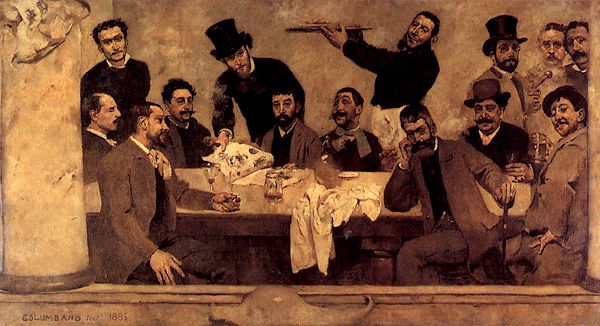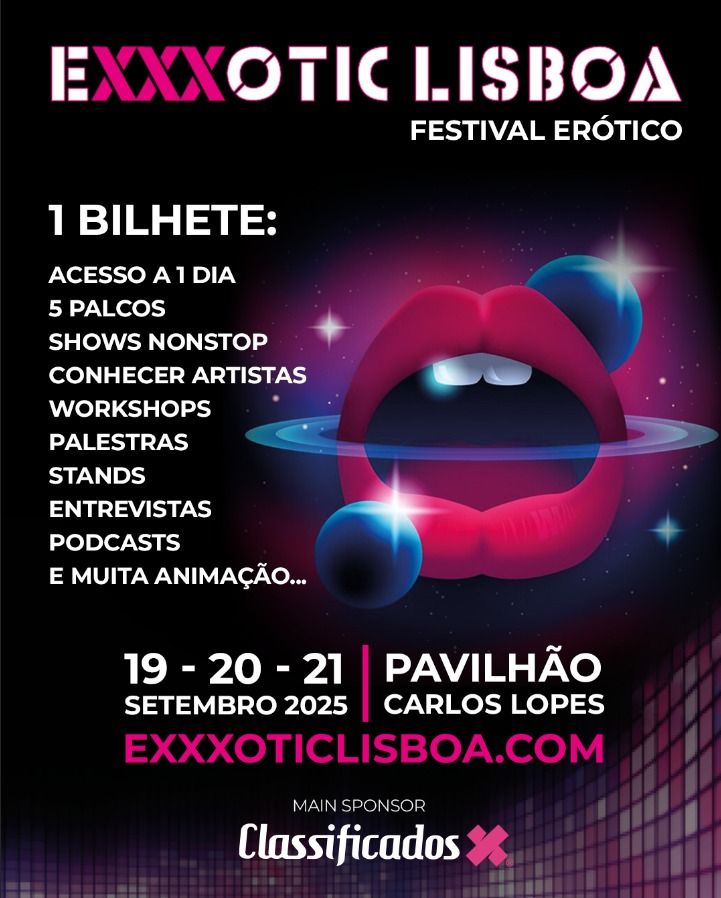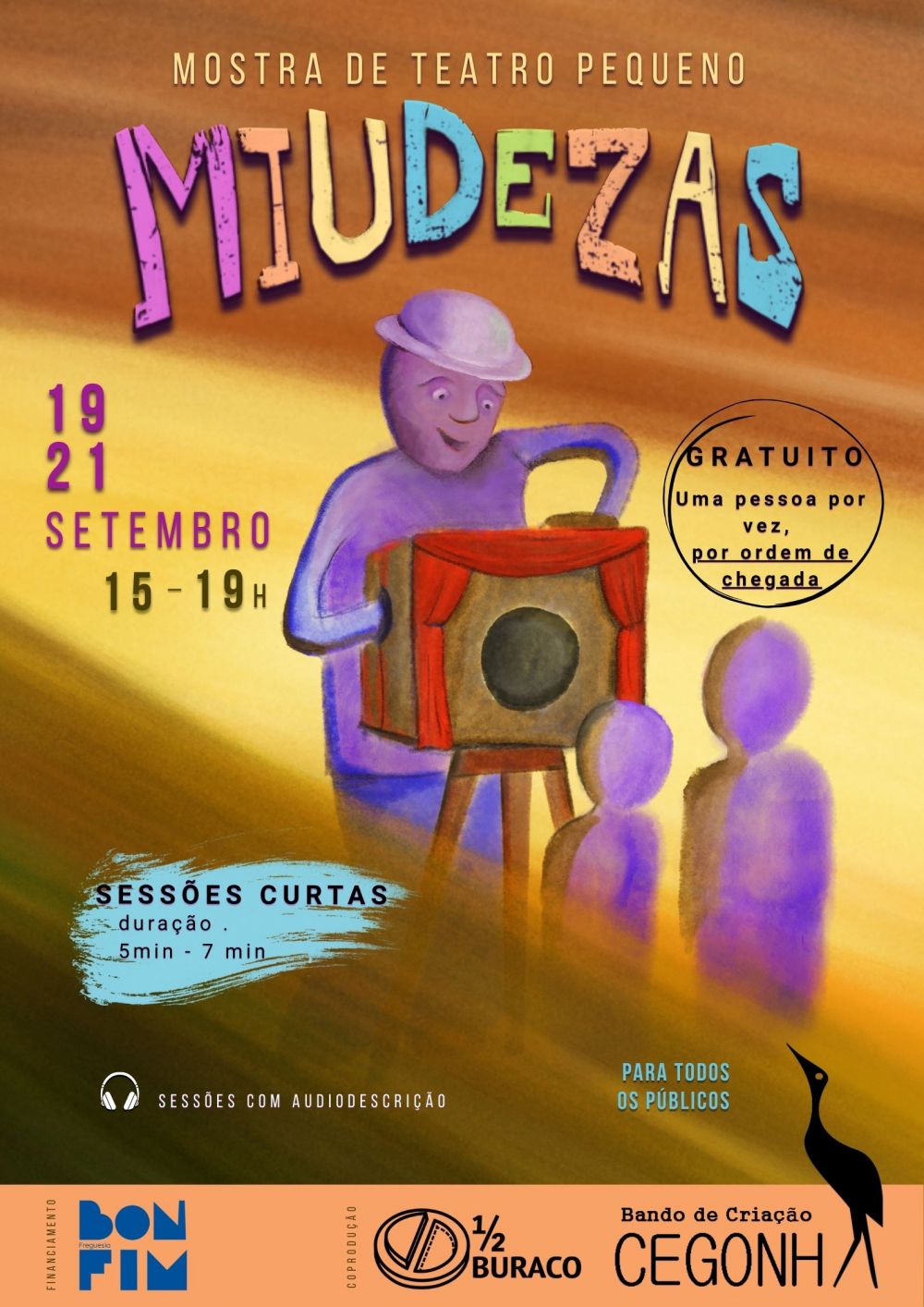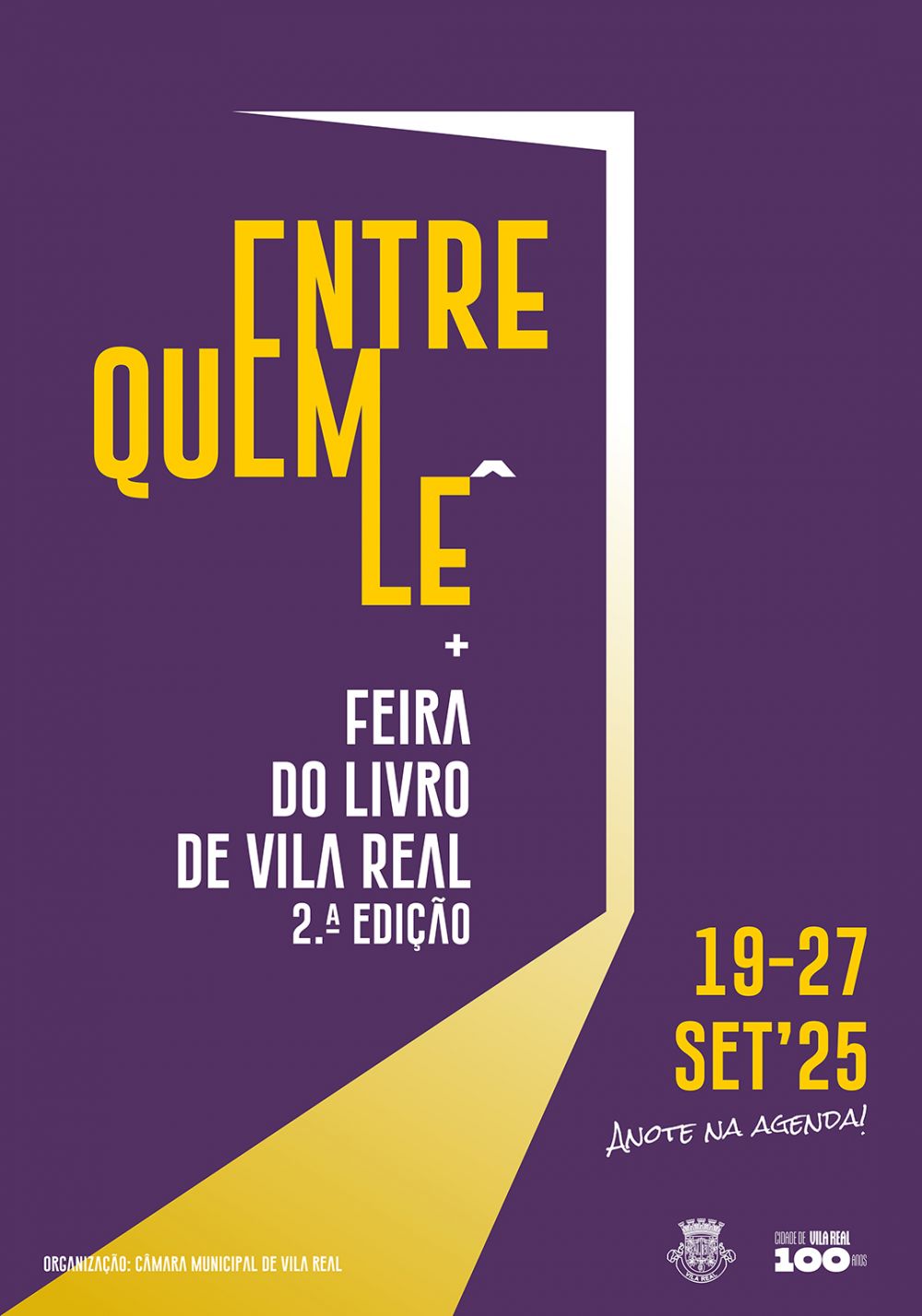Obras de referência da cultura portuguesa
"GRUPO DO LEÃO"
de COLUMBANO BORDALO PINHEIRO
1885, Museu do Chiado - Museu Nacional de Arte Contemporânea, Lisboa
Análise de Rui-Mário Gonçalves
Tradução: Paul Bernard

Este quadro de grandes dimensões (201 x 376 cm) representa os pintores naturalistas portugueses que se reuniam na Cervejaria Leão de Ouro, em Lisboa, na então chamada Rua do Príncipe (atualmente Rua Primeiro de Dezembro). Os artistas decidiram colaborar na decoração do restaurante que a Cervejaria passou a integrar. Logo à entrada, ficou o retrato do Grupo. A pintura aí ficou até ser adquirida pelo Museu em 1945. Estão nela representados onze artistas, um intelectual, um empregado de mesa e o dono da Cervejaria. Ao fundo, em pé, da esquerda para a direita: o pintor João Ribeiro Cristino (1858-1948), o intelectual Alberto de Oliveira, o empregado Manuel Fidalgo, o próprio pintor Columbano (1857-1929), o dono da Cervejaria António Monteiro, o paisagista Cipriano Martins. Sentados, da esquerda para a direita: o paisagista Henrique Pinto (1853-1912), o pintor José Malhoa (1855-1933), o pintor de marinhas João Vaz (1859-1931), o pintor Silva Porto (1850-1893), o pintor António Ramalho (1859-1916), o pintor Moura Girão (1840-1916), o caricaturista Rafael Bordalo Pinheiro (1846-1905) e o escultor José Rodrigues Vieira (1856-1898).
A figura mais próxima do centro da composição representa o principal impulsionador do Grupo, Silva Porto, a quem Alberto de Oliveira está apresentando o catálogo que ele próprio organizara para uma exposição do Grupo. Toda a composição é firme, mantendo porém a naturalidade. A inclinação para a esquerda da figura de Alberto de Oliveira é compensada pela inclinação para a direita da figura de Manuel Fidalgo. À esquerda, aparece em cores claras a representação, em toda a largura, de uma coluna; no outro extremo do quadro aparece outra coluna clara, não representada em toda a largura, acompanhada porém pela claridade das roupagens de Columbano e de Rodrigues Vieira. A mesa clara atravessa horizontalmente todo o quadro, servindo de eixo ordenador das figuras dos artistas, todas escuras e bem recortadas, com os rostos perfeitamente identificáveis. Alguns estiveram no atelier de Columbano, expressamente para este quadro. De outros, o autor possuía já a imagem, por os ter retratado anteriormente, ou até possuir apontamentos e fotografias. António Ramalho e Rodrigues Vieira são os que mais deixam transparecer a alegria daquele momento de convívio.
Columbano apreciava os retratos coletivos realizados por Frans Hals e, em França, observou talvez o célebre quadro de Fantin Latour, representando Verlaine, Rimbaud e outros poetas: Coin de Table (1872). Também apreciou as pinturas pré-impressionistas de Edgar Degas, e possivelmente o seu próprio auto-retrato, no Grupo, com a sua cartola e enviesamento do corpo, corresponde a alguma influência do pintor francês.
"LION GROUP" (1885) by COLUMBANO BORDALO PINHEIRO
Chiado Museum - National Contemporary Art Museum
This painting of large dimensions (210x376cm) represents the Portuguese naturalist painters who would meet at the Leão de Ouro (Golden Lion) Tavern in Lisbon, in what was then called Rua do Príncipe, today the Rua Primeiro de Dezembro. The artists decided to collaborate in the decoration of the restaurant into which the tavern was transformed. At the entrance was a portrait of the Group. The painting remained there until it was acquired by the Museum in 1945. In it are represented eleven artists, an intellectual, a waiter and the owner of the Tavern. In the rear, standing from left to right are: the painter João Ribeiro Cristino (1858-1948), the intellectual Alberto de Oliveira, the employee Manuel Fidalgo, the painter himself Columbano (1857-1929), the owner of the tavern António Monteiro, the landscaper Cipriano Martins. Sitting from left to right are: the landscaper Henrique Pinto (1853-1912), the painter José Malhoa (1855-1933), the marine painter João Vaz (1859-1931), the painter Silva Porto (1850-1893), the painter António Ramalho (1859-1916), the painter Moura Girão (1840-1916), the caricaturist Rafael Bordalo Pinheiro (1846-1905) and the sculptor José Rodrigues Vieira (1856-1898).
The figure closest to the centre represents the main driving force of the Group, Silva Porto, to whom Alberto de Oliveira is presenting a catalogue he himself had compiled of an exhibition by the Group. The entire composition is firm whilst nevertheless preserving naturalness. The incline to the left of the figure of Alberto de Oliveira is compensated by the incline to the right of the figure of Manuel Fidalgo. On the left there appears in clear colours the representation, throughout the entire width, of a column; on the other extreme of the painting there appears another clear column, not represented in all its width, nevertheless accompanied by the clarity of the clothing of Columbano and Rodrigues Vieira. The clear table horizontally crosses the whole painting, serving as an axis that gives order to the figures of the artists, being all dark and well profiled and with perfectly identifiable faces. Some had been to Columbano’s studio especially for this painting. Of others the artist already possessed their image, having portrayed them on previous occasions or because he had sketches and photographs of them. António Ramalho and Rodrigues Vieira are those who most express the joy of this moment of social togetherness.
Columbano admired the collective portraits produced by Franz Hals, and in France he had perhaps observed the famous painting by Fantin Latour representing Verlaine, Rimbaud and other poets: Coin de Table (1872). He also admired the pre-impressionist paintings of Edgar Degas and possibly his own self-portrait in the Group, with his top hat and tilting body, shows an influence by the French painter.
Obras de Referência da Cultura Portuguesa
projeto desenvolvido pelo Centro Nacional de Cultura
com o apoio do Ministério da Cultura

 Divulgue aqui os seus eventos
Divulgue aqui os seus eventos












